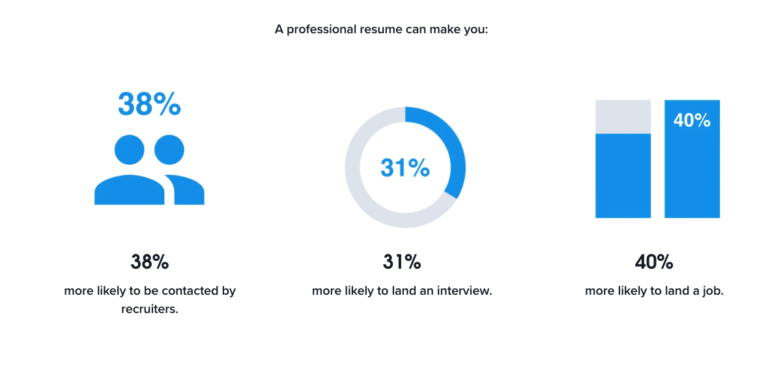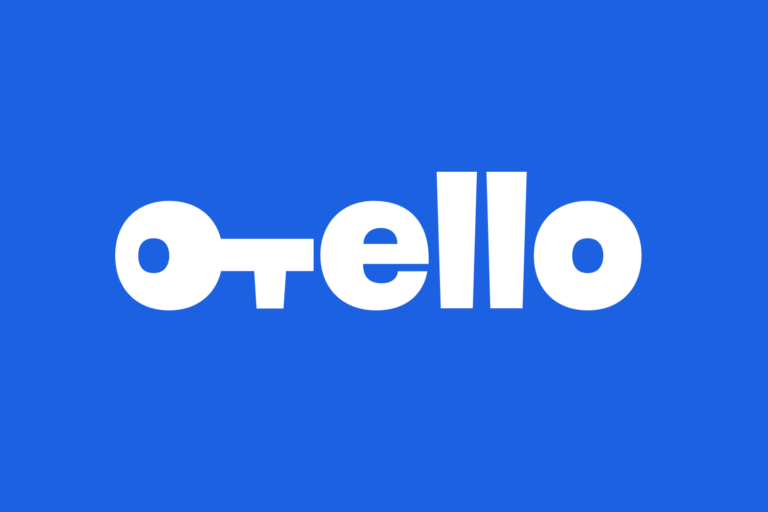In today’s fast-paced digital world, the demands of desk jobs can sometimes leave us feeling disconnected from the tangible sense of accomplishment. Unlike traditional roles that involve physical labor, office tasks often lack that immediate gratification of seeing a job well done. However, there’s an unconventional solution that has gained traction among professionals aiming to bridge this gap: incorporating LEGO sets into their work routine. In this article, we’ll explore why building LEGO sets at work can significantly boost your productivity and provide that much-needed sense of progress.
The Link Between Accomplishment and Physical Progress
Think back to a time when you engaged in a physical task, like gardening or crafting. The sweat and effort expended may not have been the most enjoyable experience, but there was a remarkable sense of accomplishment once the job was completed. You could turn around and see the tangible results of your labor—a well-tended garden, a beautifully crafted piece of art, or a stack of neatly arranged bricks. This immediate visual feedback provides a powerful motivation and a sense of purpose that’s often missing in modern office settings.
Our innate desire for accomplishment leads us to seek out ways to replicate this experience, even in the world of digital work. Desk jobs, by their nature, seldom offer the same tangible evidence of progress. This is where LEGO sets come into play.
A Productivity Strategy Inspired by LEGO
One individual who recognized the potential of LEGO in improving productivity is Fokke Zandbergen, a senior engineer at Zapier. He drew inspiration from an article that highlighted the combination of simple LEGO bricks with the Pomodoro technique—a time management method. The concept was straightforward: work for 25 minutes, place a brick on a platform, then take a five-minute break. The end goal was to have a physical representation of the day’s work at the close of business.
Fokke adapted this strategy and introduced a few modifications to make it even more effective. First, he positioned the LEGO bricks across the room, requiring him to get up and walk to them after each completed task. This not only encouraged movement but also provided a brief opportunity to look outside the window and refresh his mind.
Second, he abandoned the Pomodoro timer in favor of a more flexible approach. Instead of adhering to strict 25-minute intervals, he focused on choosing a specific task, working on it, logging his progress, and then taking a break.
But the most significant innovation was Fokke’s use of color-coded LEGO bricks to indicate how he felt about his work session. Red bricks signified a less productive period, yellow bricks marked an okay session, and blue bricks represented a highly productive period. This simple visual cue allowed him to reflect on the quality of his work and make improvements as needed.
Maintaining Consistency
While this LEGO-based productivity system worked well for Fokke on many days, there were times when he’d forget to use it. On those occasions, his productivity noticeably suffered. In an attempt to enhance his motivation, he tried placing snacks next to the LEGO bricks, thinking that the prospect of a treat would encourage him to get up and continue working. However, this approach still fell short of maintaining consistency.
Building Towards Success
To address the issue of resetting progress at the end of each day, Fokke embarked on a more ambitious project: constructing an entire LEGO set. His wife and children had gifted him the Saturn V model, a complex build consisting of 330 steps (with some steps requiring repetition), ensuring it would keep him occupied for a considerable period.
The key benefit of this approach is the ability to witness tangible progress every day, providing the motivation that traditional to-do list apps and time-tracking tools lack. Fokke emphasized that it’s easy to disregard digital tools that don’t actively obstruct your work, but a physical LEGO set in your office is a constant, undeniable reminder of your goals.
Conclusion: Reaping the Benefits of LEGO Sets in Your Office
In a world dominated by digital tasks and time management apps, it may seem unconventional to build LEGO sets at work. However, as Fokke’s experience demonstrates, the practice offers a unique way to bridge the gap between the digital world and the innate human desire for accomplishment.
If you’re seeking a strategy to make your workday more productive, consider incorporating LEGO sets into your workspace. Whether you adapt Fokke’s color-coded system, replicate his practice of breaking down tasks, or embark on a grand LEGO project of your own, the tangible progress and sense of accomplishment provided by LEGO sets may be just the missing piece in your work routine. Give it a try, and you might find yourself building success brick by brick.








